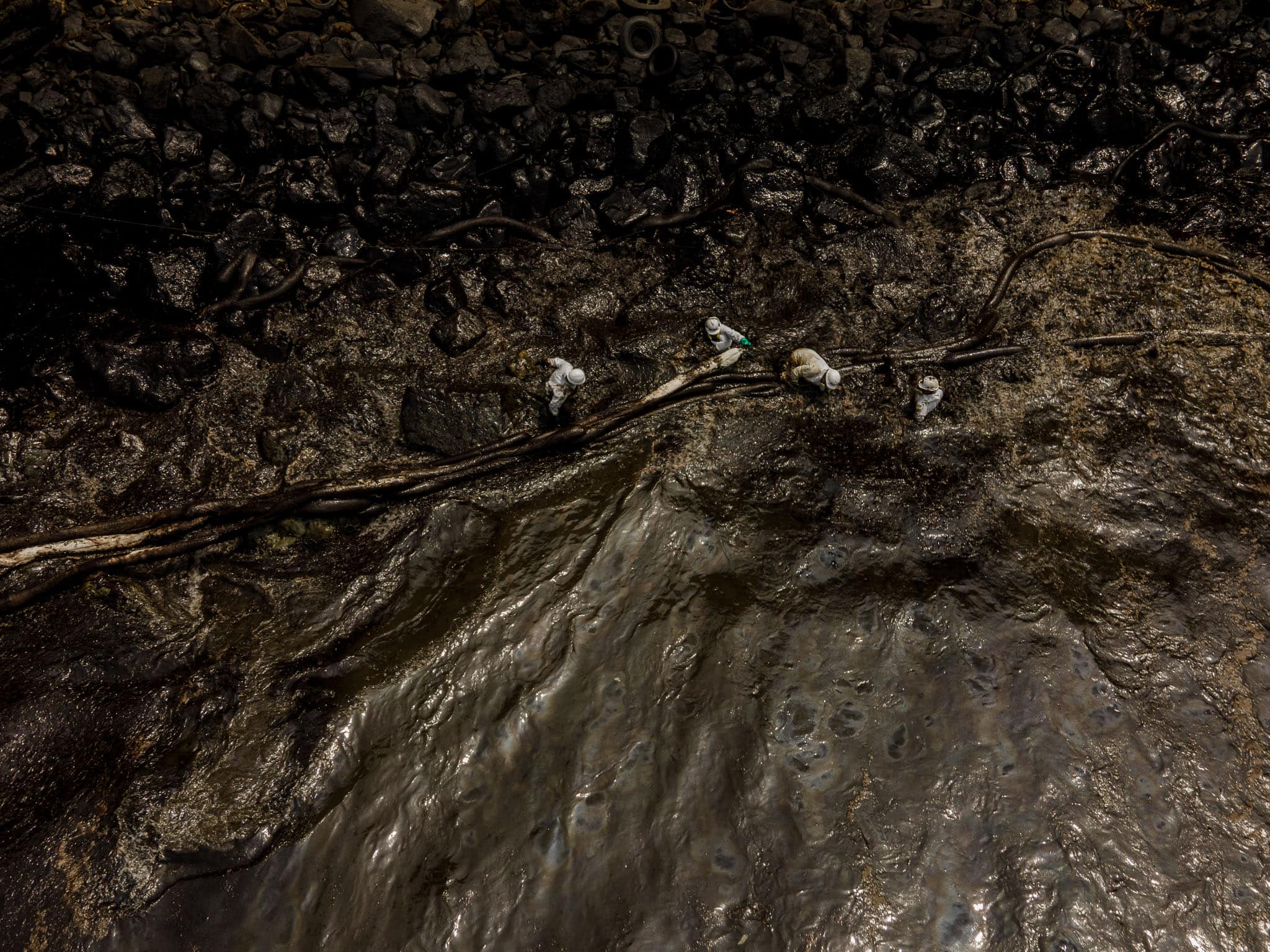
Spill in Peru: harbingers of slow death
How many times does news about ‘contamination in Amazonia’ appear? Perhaps so many that the Repsol company almost managed to make the spill of 11,900 barrels of oil into the sea in mid-January go unnoticed. It occurred in the Peruvian areas of Ventanilla, Santa Rosa, Ancon, and Chancay. At first, the company tried to hush it up, then began to give various versions of the reasons: an extraordinary swell, consequences of the Tonga tsunami, or an unexpected movement. But many point to the lack of maintenance and the total absence of contingency plans.
Specifically, the parts connecting the Mare Doricum vessel’s tubes to pipes 18 meters under the sea were broken. The result was a direct pumping of underwater oil. The public was outraged, and protests ensued. According to the government – which has asked for international assistance – the oil slick extends over an area equivalent to 320 soccer fields. The fines could be in the billions of dollars. President Pedro Castillo said: “We are facing one of the biggest ecocides that have ever occurred on our coasts.”
Meanwhile, the consequences on the ecosystem are undisguisable: birds with oiled wings, species with oil in their digestive systems, animals modifying their migratory routes, and microorganisms on the seafloor contaminated are producing a decrease of oxygen in the sea. Hundreds of poor fishers have lost their jobs. The consequences have only just begun, and it is not yet easy to estimate how many years they will last. Photographer Musuk Nolte was there to cover the situation. It is, he tells Vist Projects, witnessing a slow death.
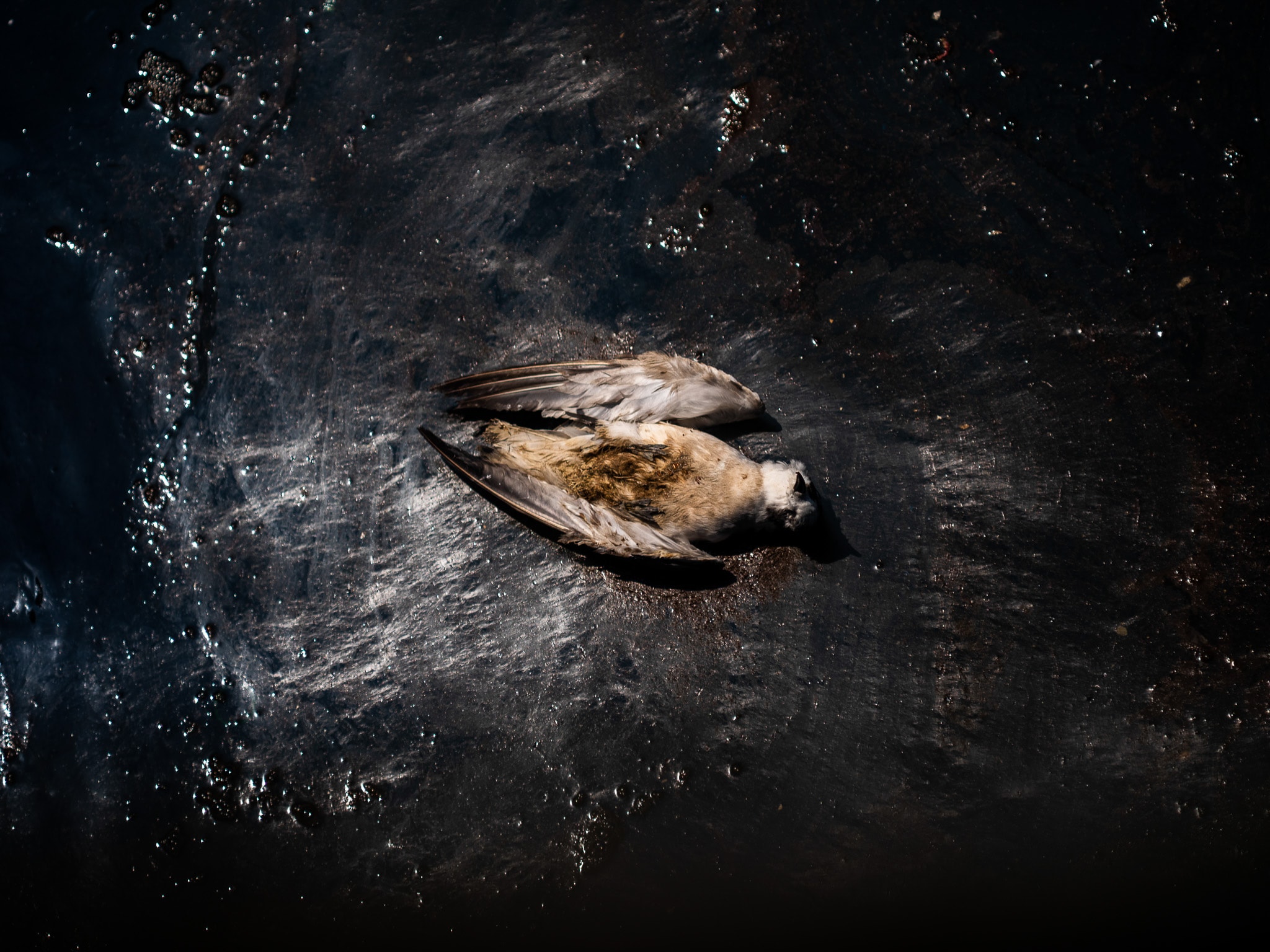
What did you see?
I was able to see, accompanying some of the visits, that there was a severe initial impact: birds submerged in the crude oil. But the most hurtful thing is how it has begun to affect the food chain; it is like a slow death. The birds have stains on their plumage that make them less impervious and die of cold. In other cases, they eat oil. Many birds dive into the sea to feed and end up getting dirtier. It is a vicious circle that will take many years to remedy.
The company has been cleaning up where it is visible. The most polluted area is where the road goes. Nobody is cleaning that part because there is no access to the beach, you can’t see it from the cliff: you have to fly over the sea. There you can see a radiant orange stain with strange shapes.
Biologists and other specialists said the spill had impregnated the rocky area where the microorganisms are. It is the beginning of the food chain of all the fish ecosystems in that area. It will be the most long-term effect, and it will be relatively invisible except for the artisanal fishers, who have not been able to fish since then and probably will not be able to do so for many years. They will likely have to change their trade.
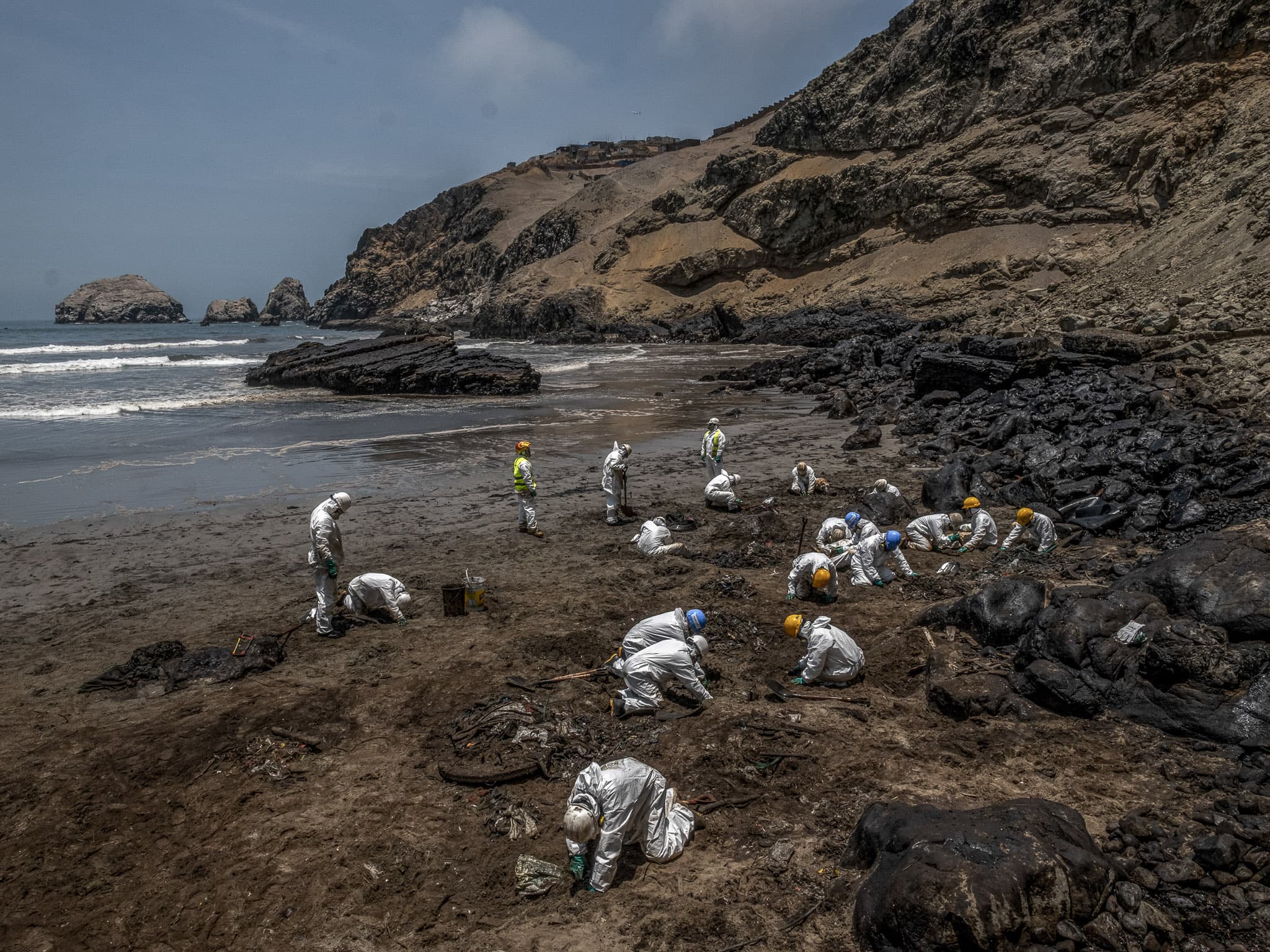
The cleanup operation looks very artisanal. What did you observe?
One of the problems is that the company started to hire local people. Victims are cleaning up. They were fishermen or people who lived around there, without experience or training and, many times, without adequate protection. There they were, on the shore, with rudimentary tools, skimming foam. Others have filter clothes to rub the stones. It is an ant-like task that generates a media impact: it seems that they are doing something because there are so many people, but the cleanup they can achieve in this way is minimal.
By not having a cleaning protocol, they have been contaminating more because they removed the contaminated material and put it on plastic. In this transfer, they polluted the sand that was not contaminated. It took three weeks until they brought in specialized people. I returned two weeks after the first time, and spill specialists sent by foreign entities had arrived.
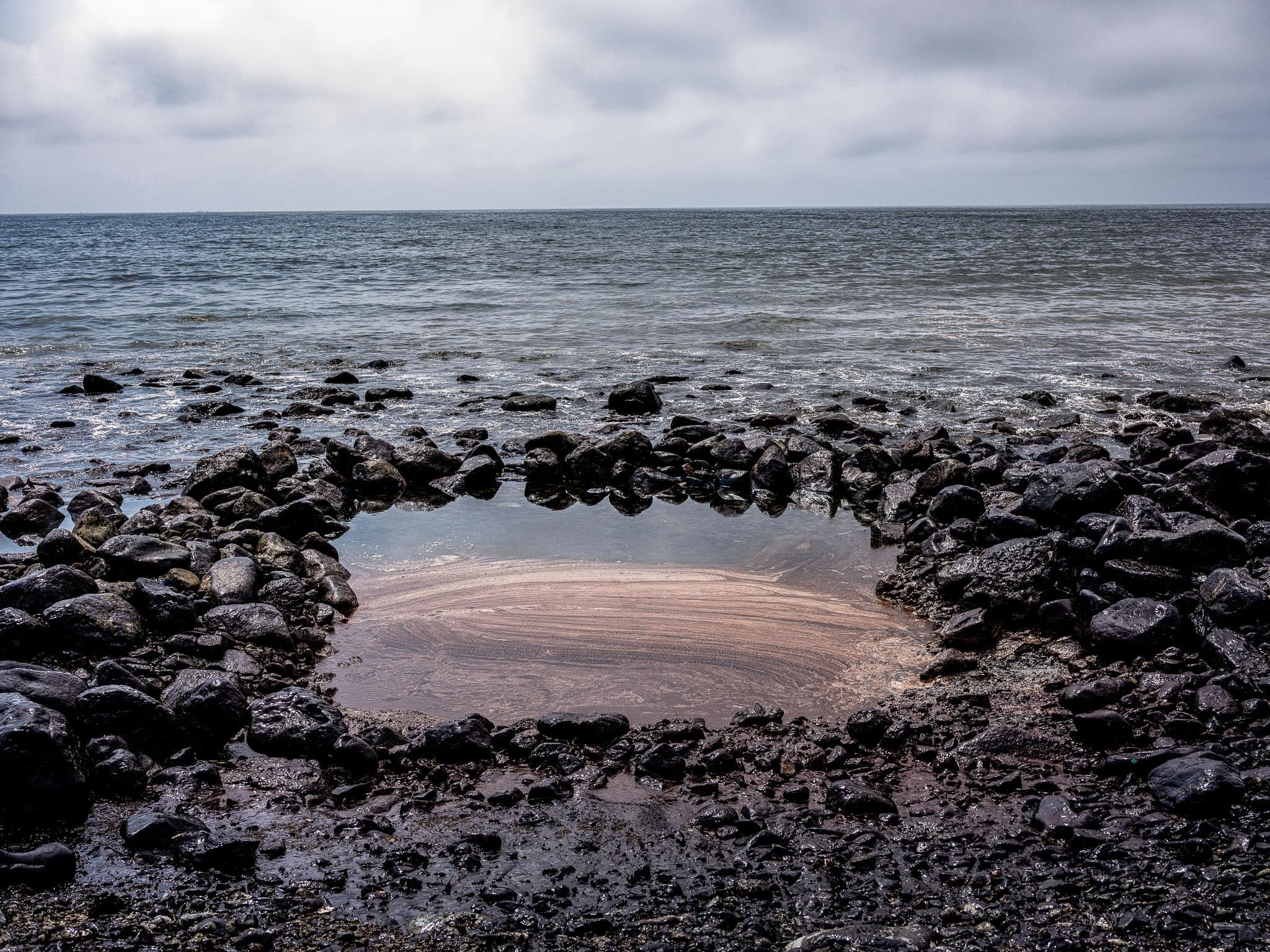
When was the last time you went and how was the place?
I went 8 days ago. The area that already had more attention was visibly cleaner. You no longer saw people submerged in oil but digging. The oil had infiltrated; there were holes of up to one meter. So, the impact is profound even though there is a superficial cleaning.
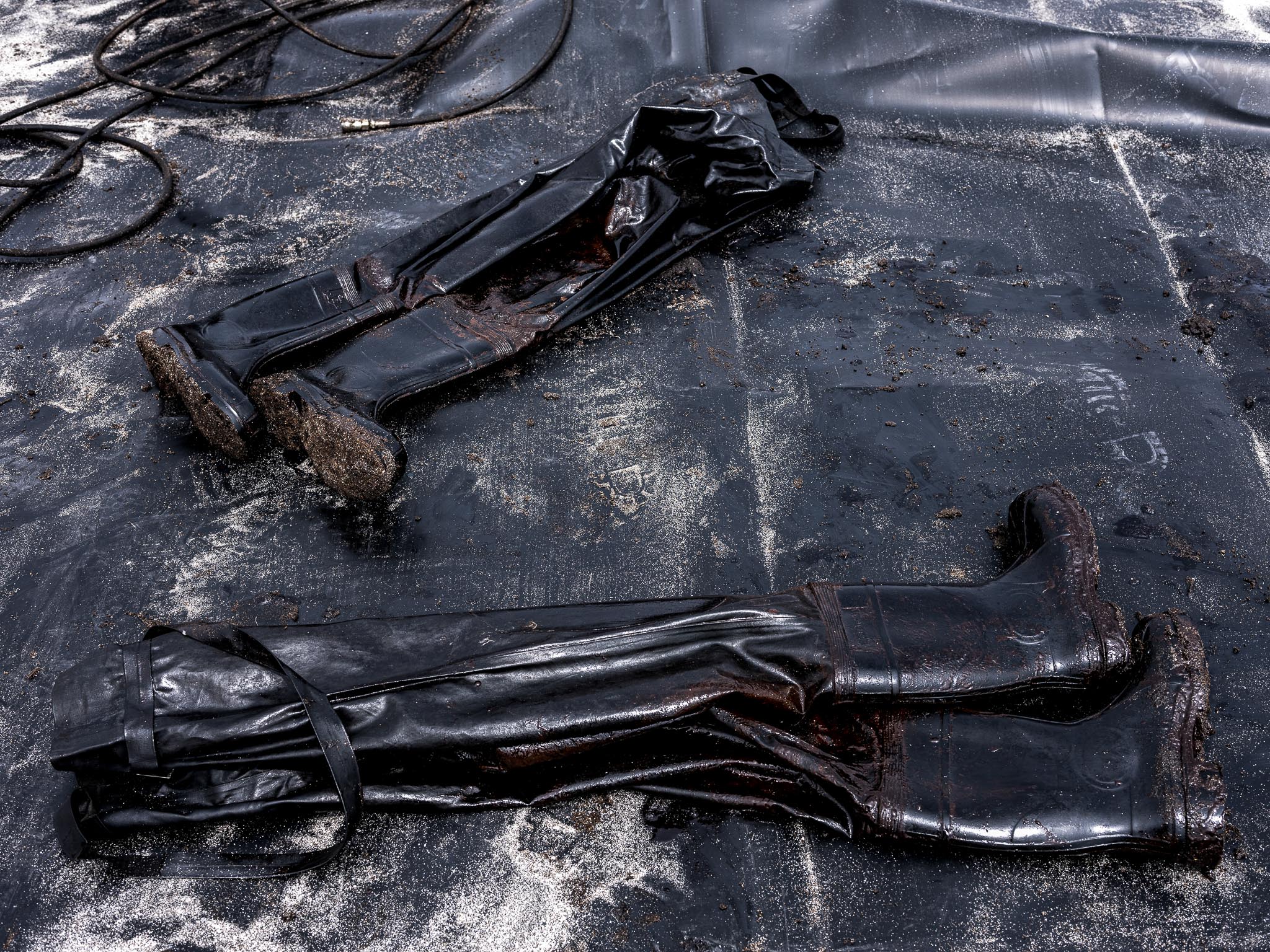
How far does the contamination reach?
The current goes north, and people find birds south. That means the birds have been going out of their habitat, stained, fleeing. Diversbirds, Humboldt penguins, and sea lions are part of this ecosystem. Those are places that receive massive migration of species. We do not know how this will modify the productive cycle. The animals that are dying or visibly contaminated have been taken to the Parque de las Leyendas (zoo) for treatment. Only 50 percent survive. And, in reality, only the short term is known. The animals will continue to be poisoned by the waste that remains in the sea.
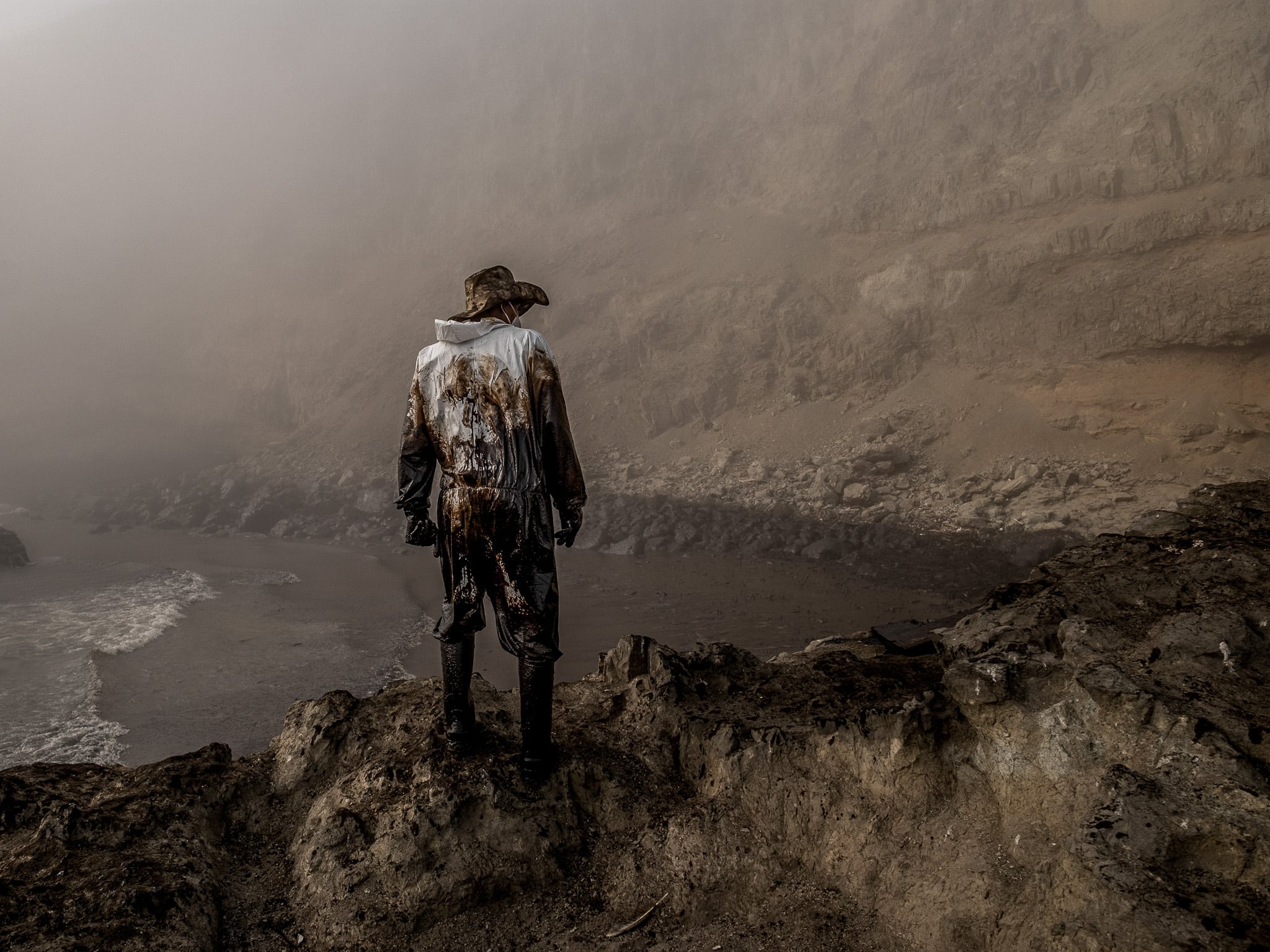
Why do you think it has been possible to soften the spill’s impact?
We’re always in a political crisis, and we’ve been in a pretty serious one. That has been covering up the attention on the spill. It’s been a month, and the push has ended up being diluted. The company has not complied with any of the agreed points, and with the State it has been upside down. During the spill, they appointed a Minister of the Environment who had no experience or capacity in the sector. The political crisis ends up aggravating the ecological disaster.
The instability affects the fact that the company is not cleaning up as fast as possible. The president suspended the company’s operations, but the business community began to pressure the company. They started to fan the specter of shortages and price hikes. They have begun to movilize that fear because they don’t want to have sanctions.
*This project was developed as part of a series of publications related to the water crisis, produced for the Bertha Challenge 2022.


